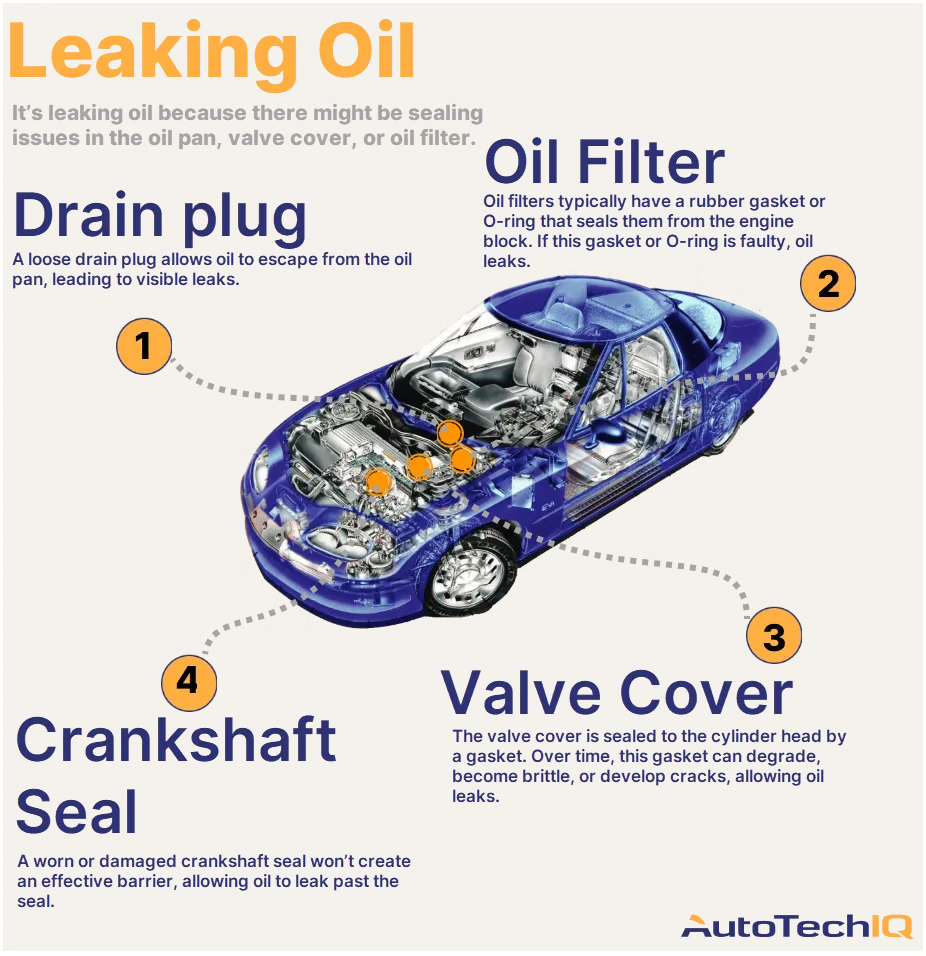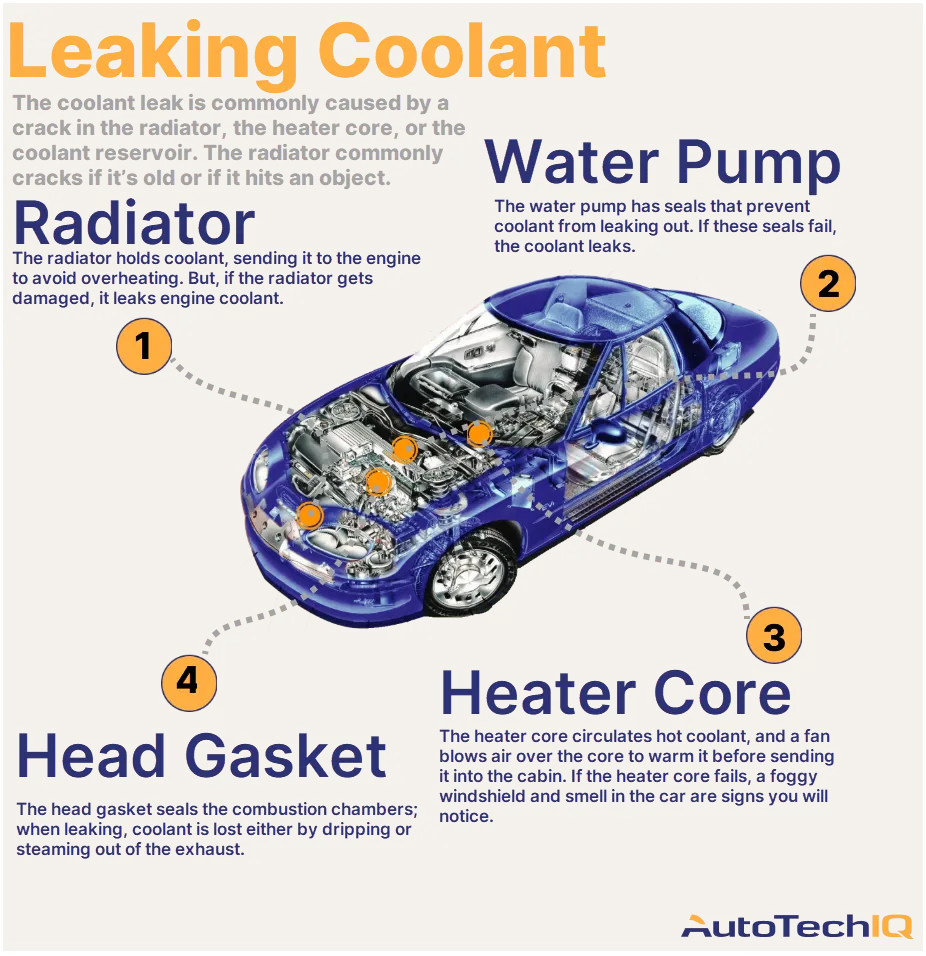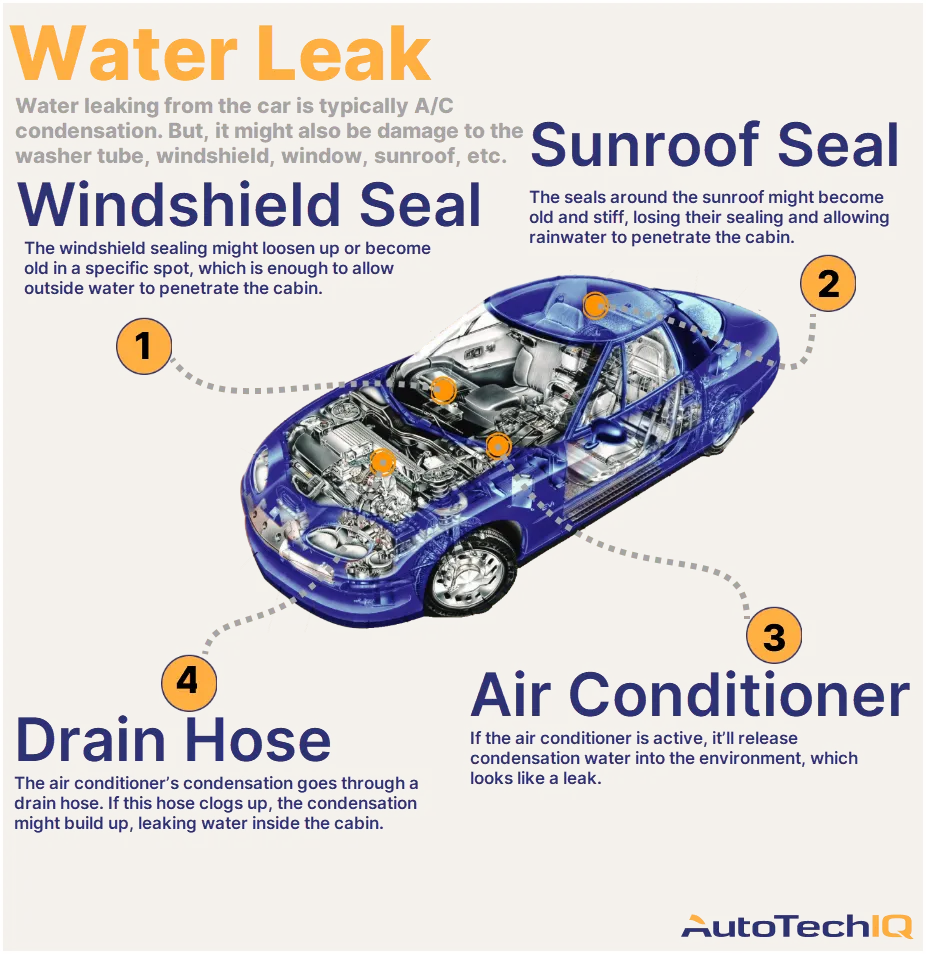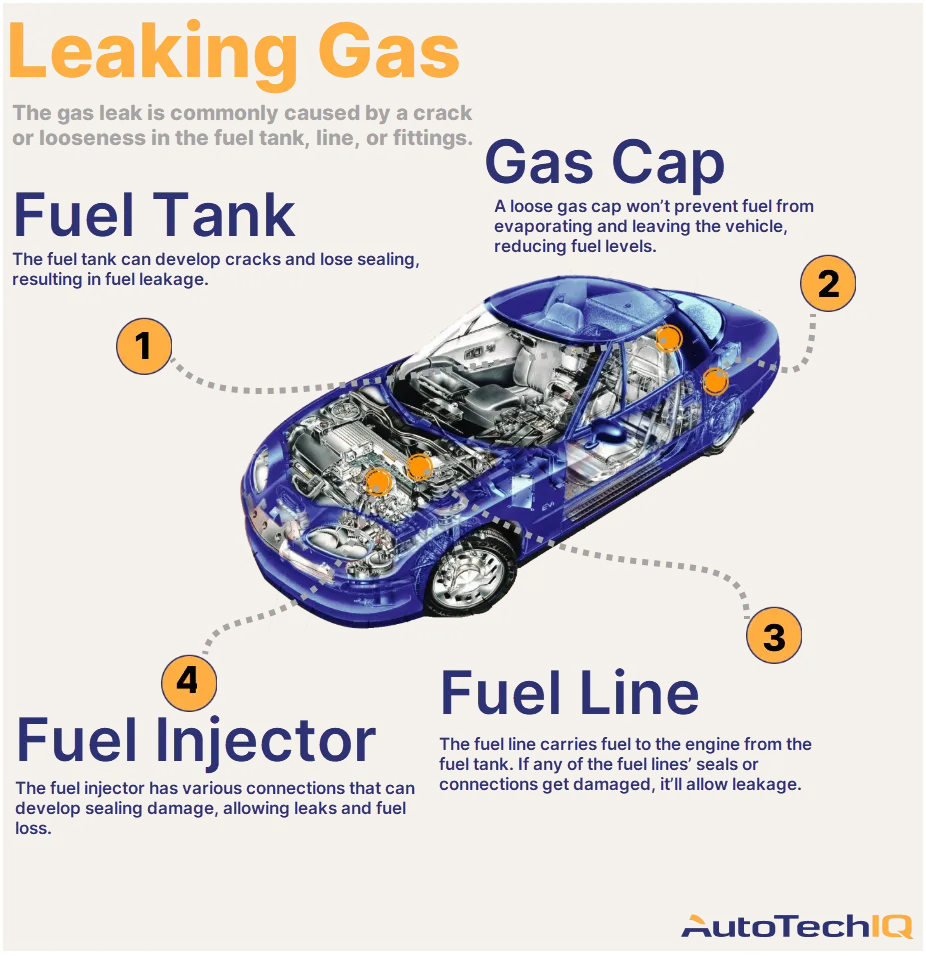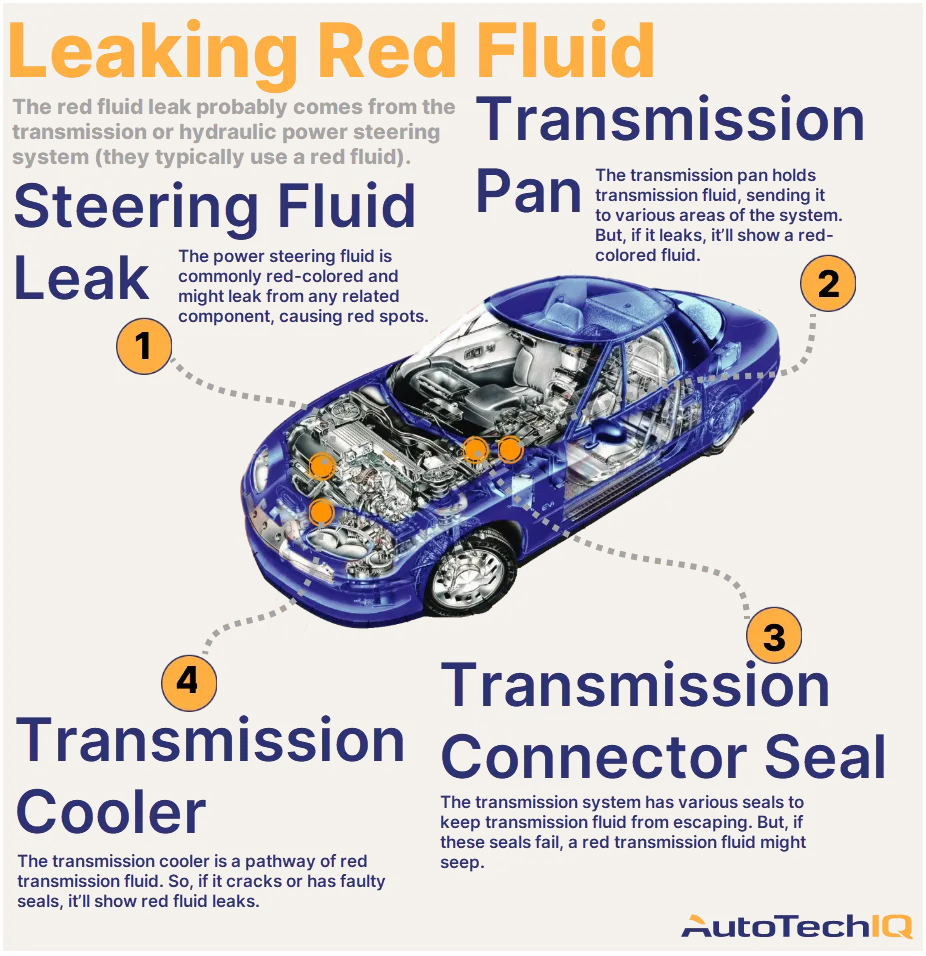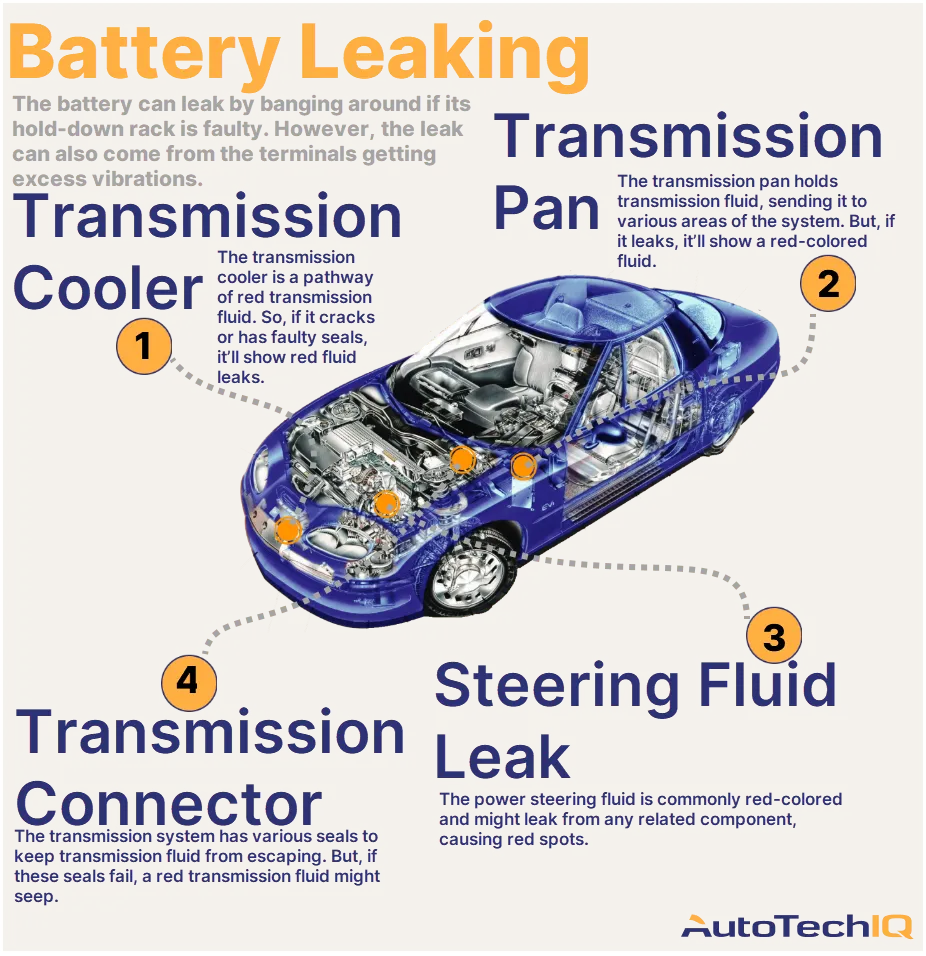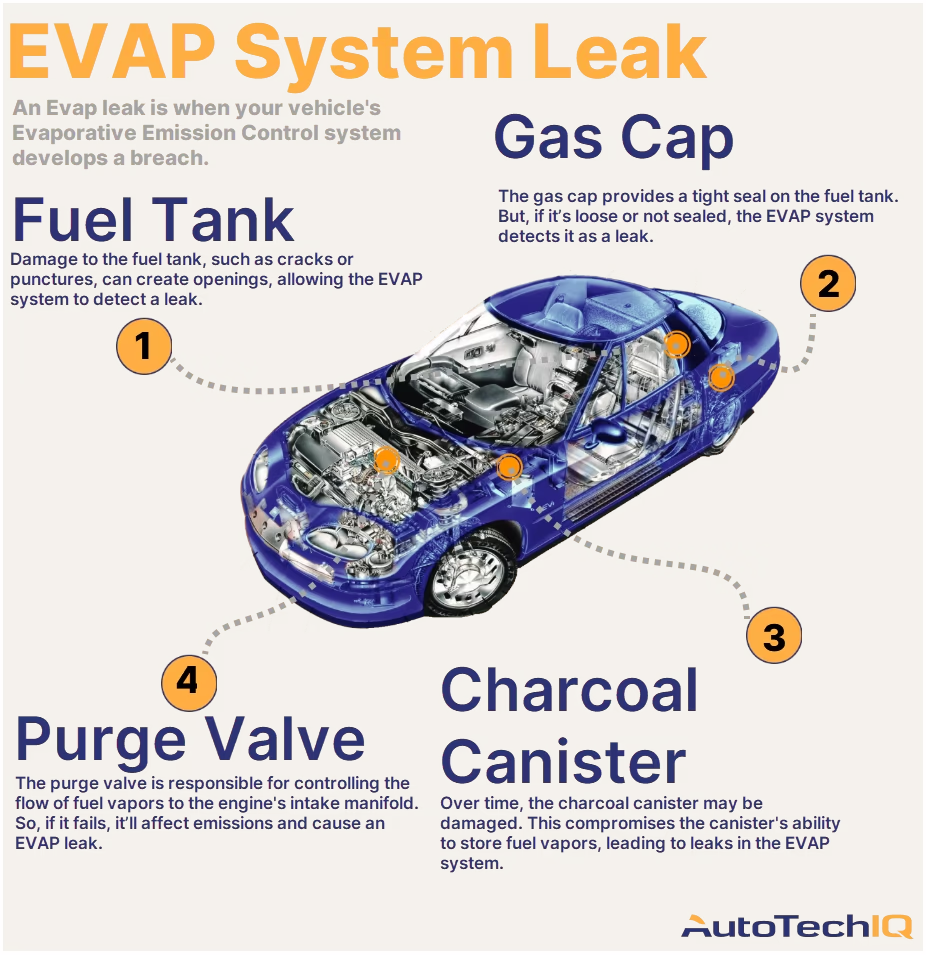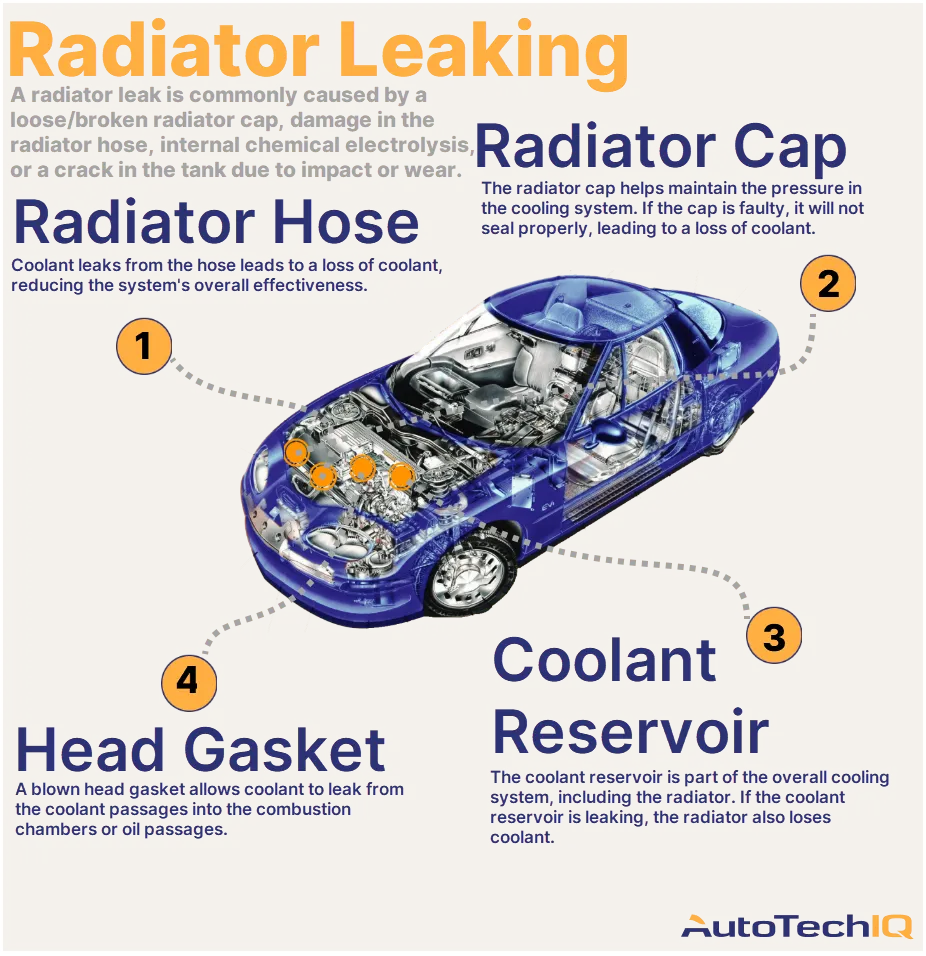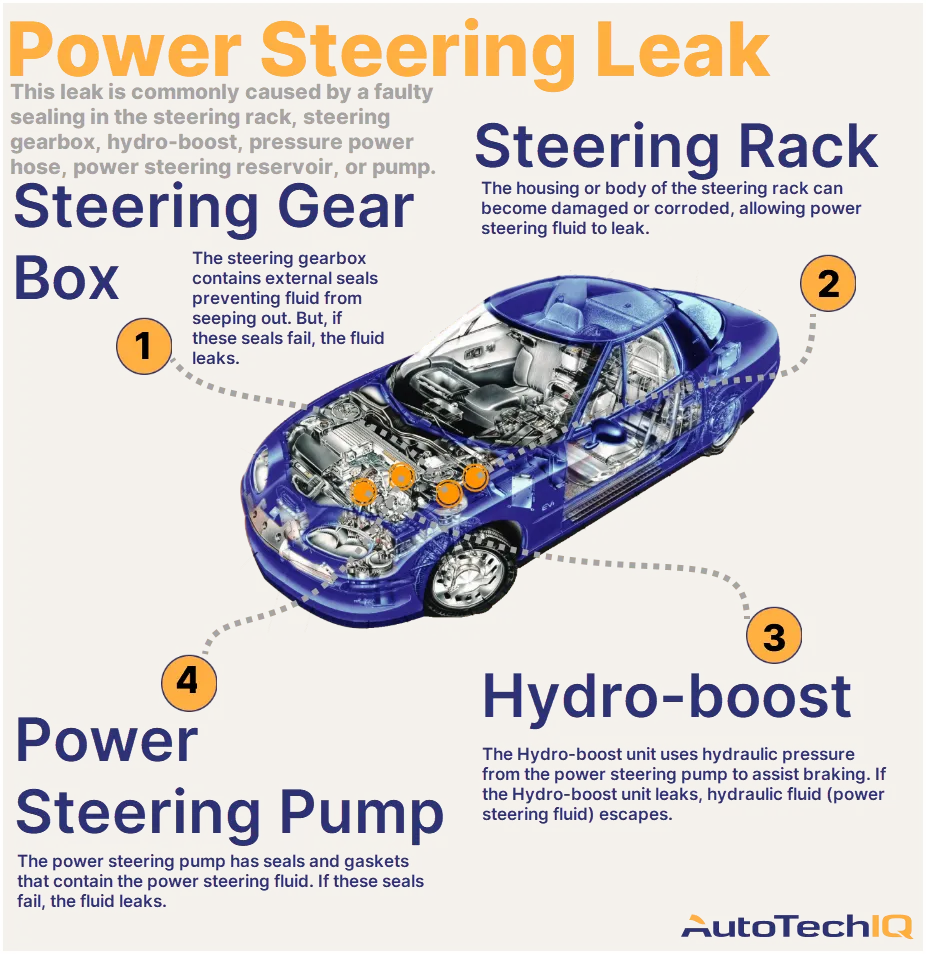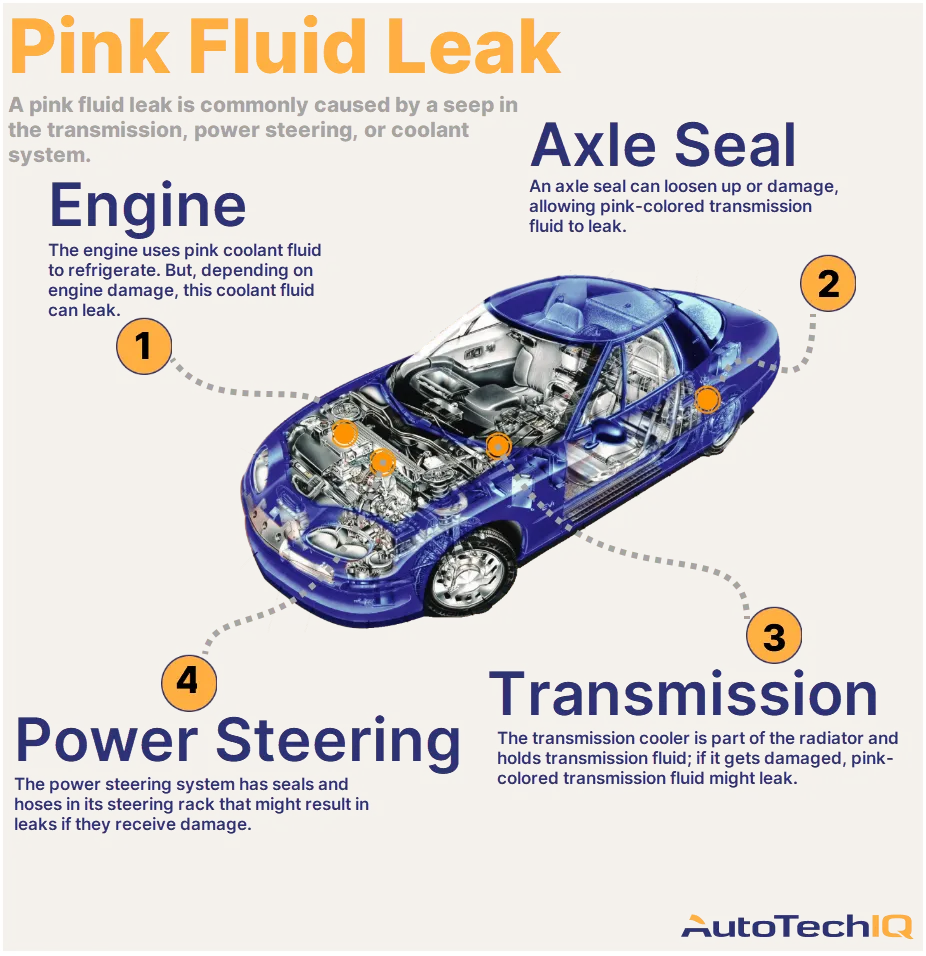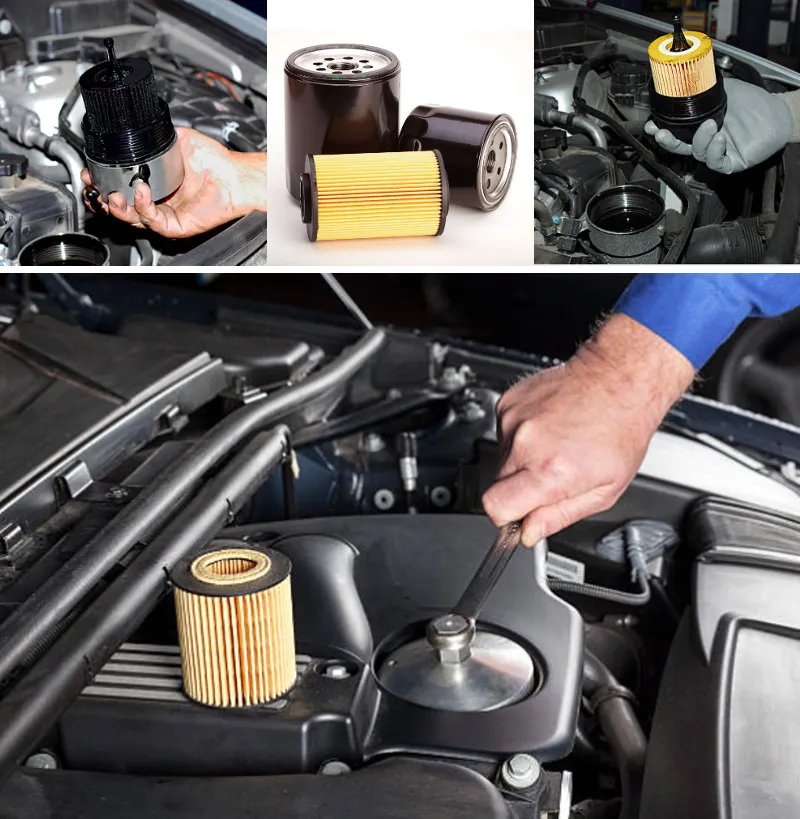
The oil filter is a car component whose function is to clean the oil from metal impurities and combustion products that form as a result of engine operation. Cleaning the oil in the engine's oil system significantly affects the engine's lifespan. With proper car maintenance, by choosing quality oil and an oil filter (we recommend not skimping on the filter—even a quality original filter is not expensive), you can extend the life of your engine by several hundred miles.
The maintenance work on the oil filter involves replacing the filter element without changing the filter housing. Depending on the car, the oil filter may be in a non-disassemblable metal housing, in which case the filter is completely replaced. Oil filter replacement is necessary with every oil change. Car manufacturers establish specific maintenance intervals for oil changes and, consequently, oil filter replacement. We also recommend strictly adhering to these intervals, but only if you are using good, verified oil. If you are changing to new oil for the first time, reduce the maintenance period by at least 1-2 thousand miles. During subsequent changes, pay attention to the condition of the oil—it should maintain its lubricating properties. The same applies if your car has already covered more than 100,000 miles or if you operate the car under harsh conditions (frequent cold starts, driving at low speeds)—in this case, engine wear becomes higher, and therefore, the filter element gets clogged more quickly.
We also advise changing the oil and filter element once a year, regardless of the mileage you have covered over the year in your car. It's best to perform the oil change and maintenance of the oil filter at Certified Auto Repair. Firstly, the cost of services is not high, and typically, this work is combined with diagnosing your car's suspension. Secondly, performing technical work requires special tools, a car lift, specific knowledge and skills, and there's also the possibility that the oil filter housing in your car may simultaneously serve as a heat exchanger, which would require preliminary draining of the coolant. It is best to trust a professional mechanic—this will save you a lot of time.


